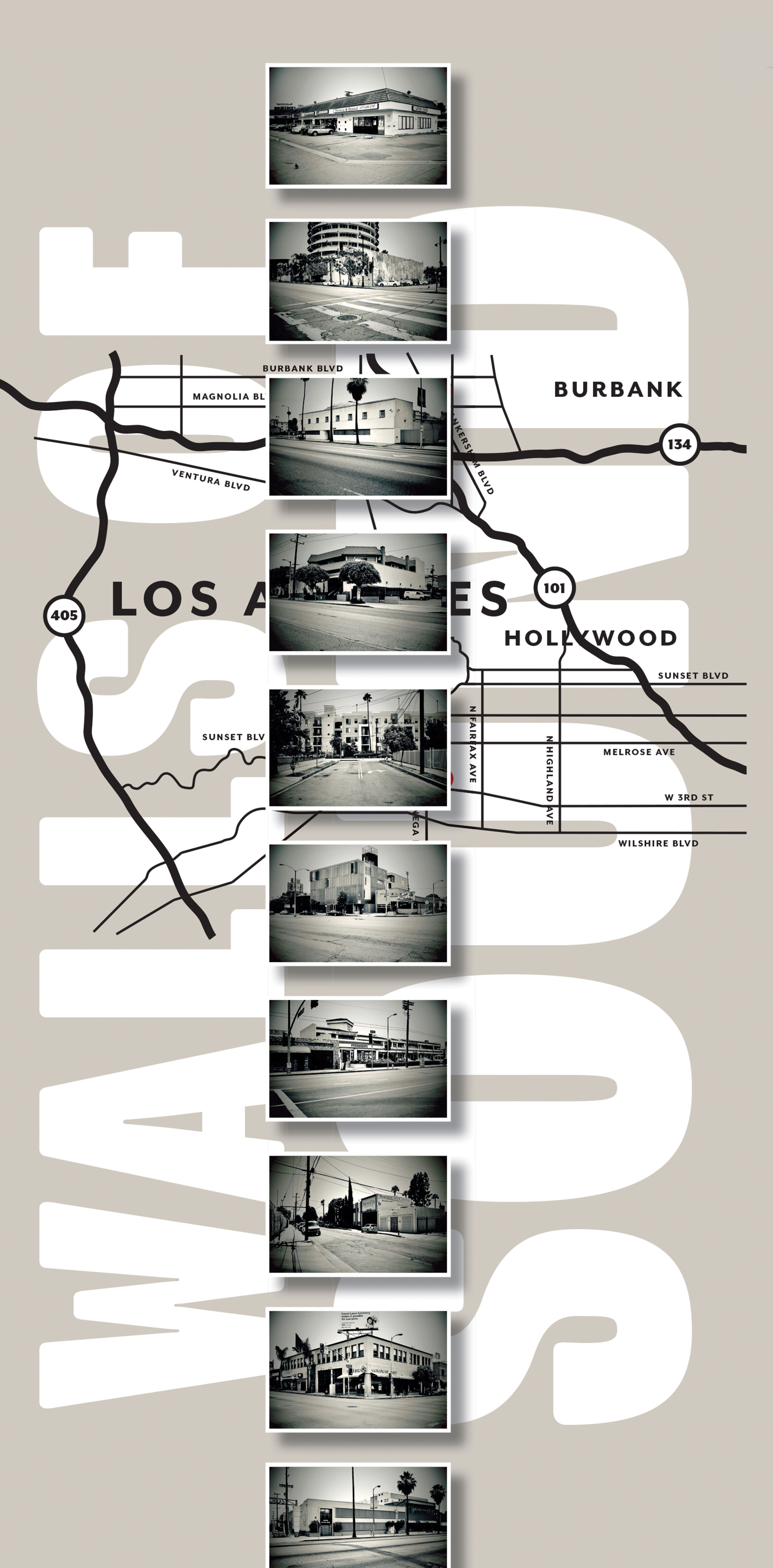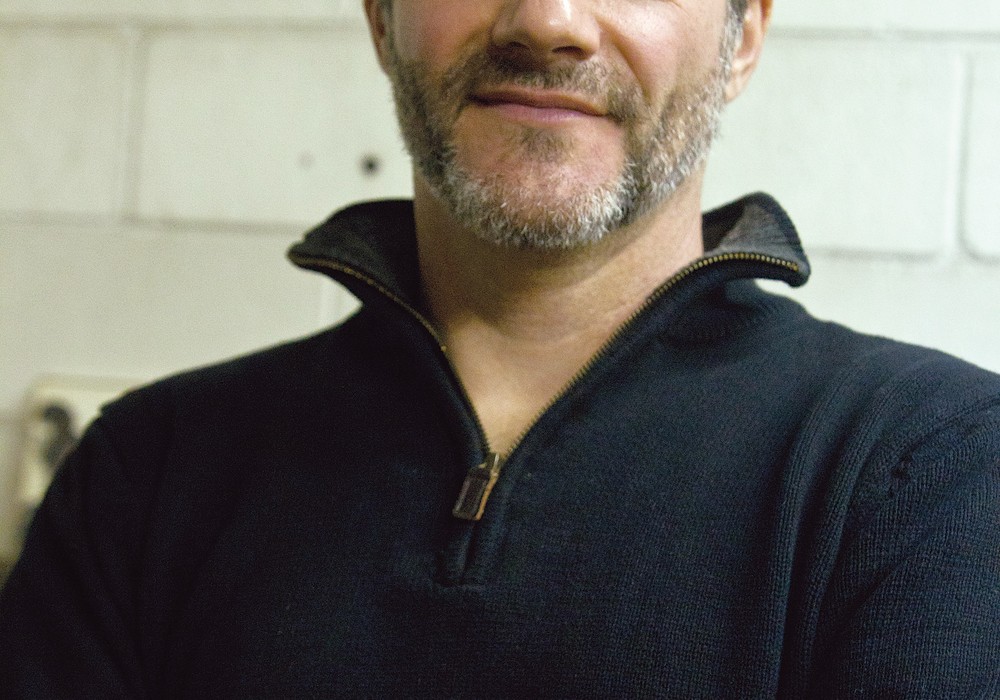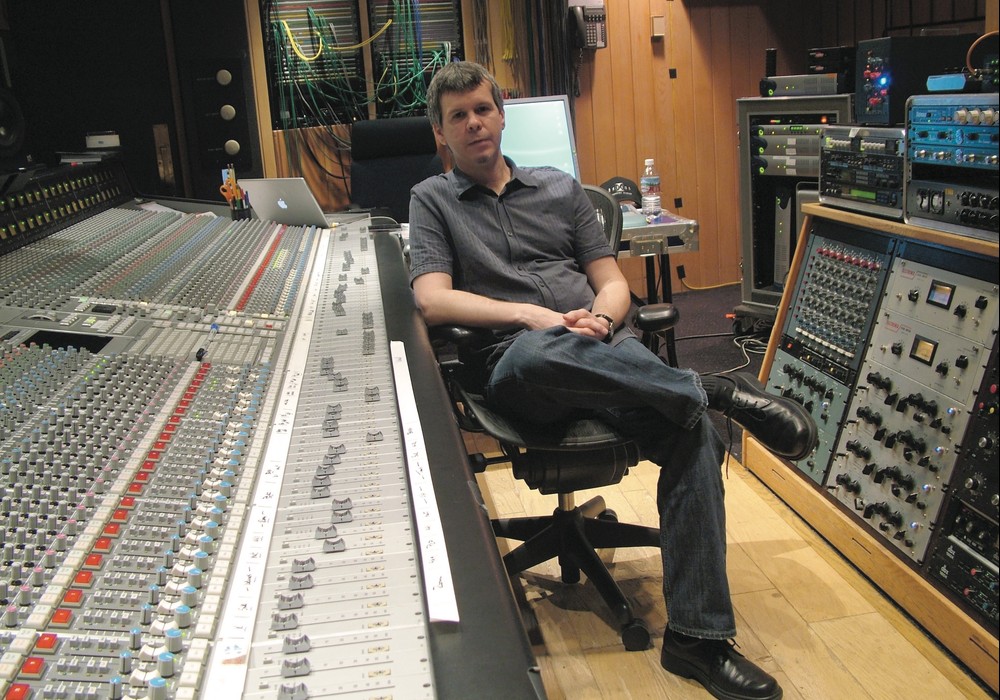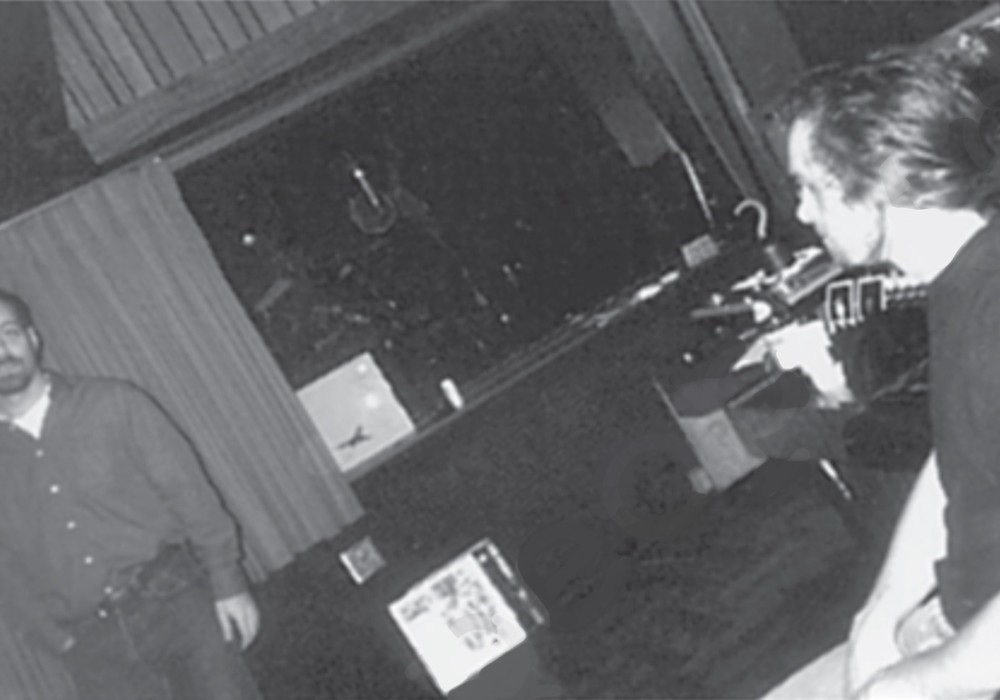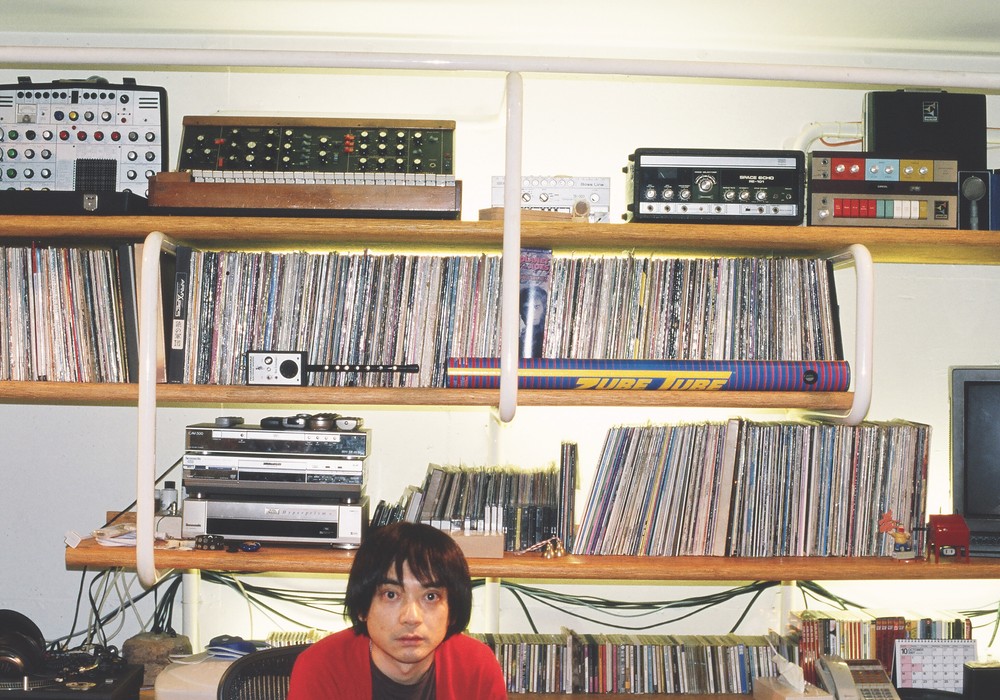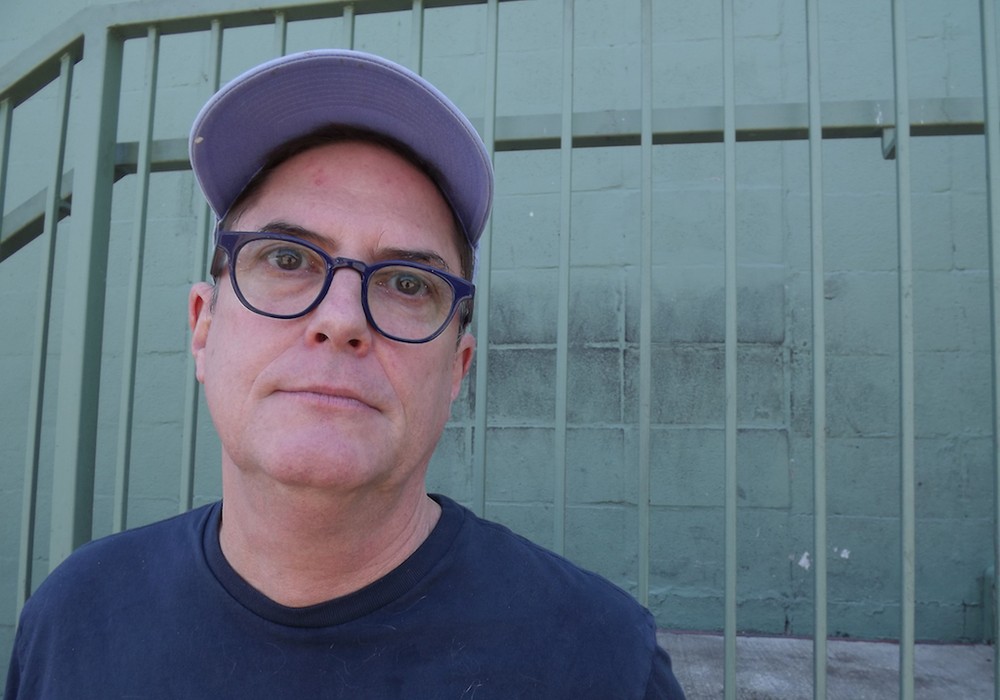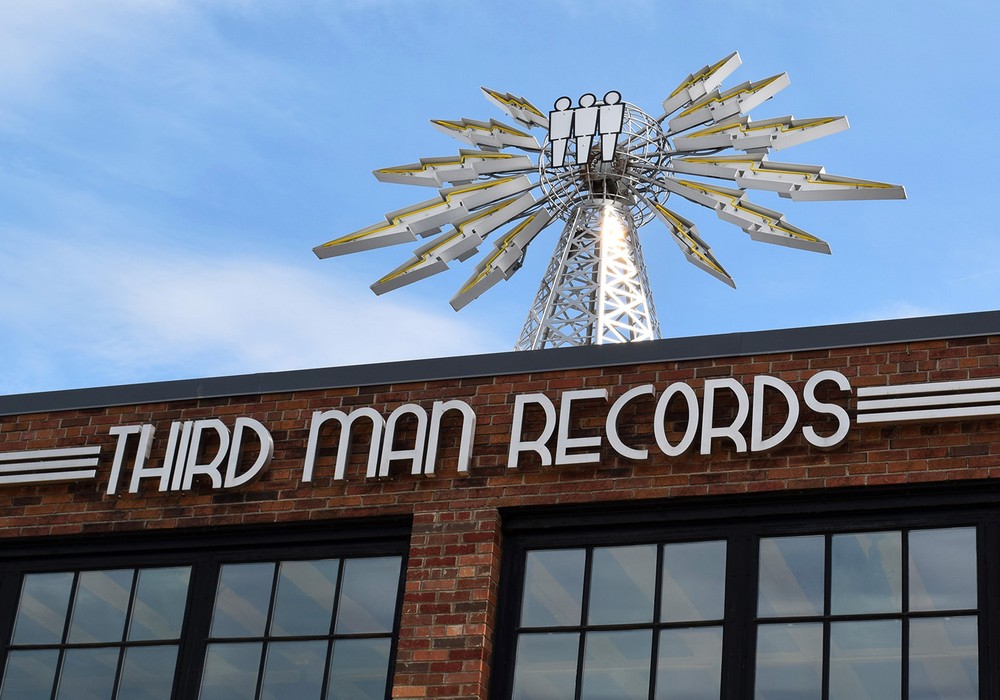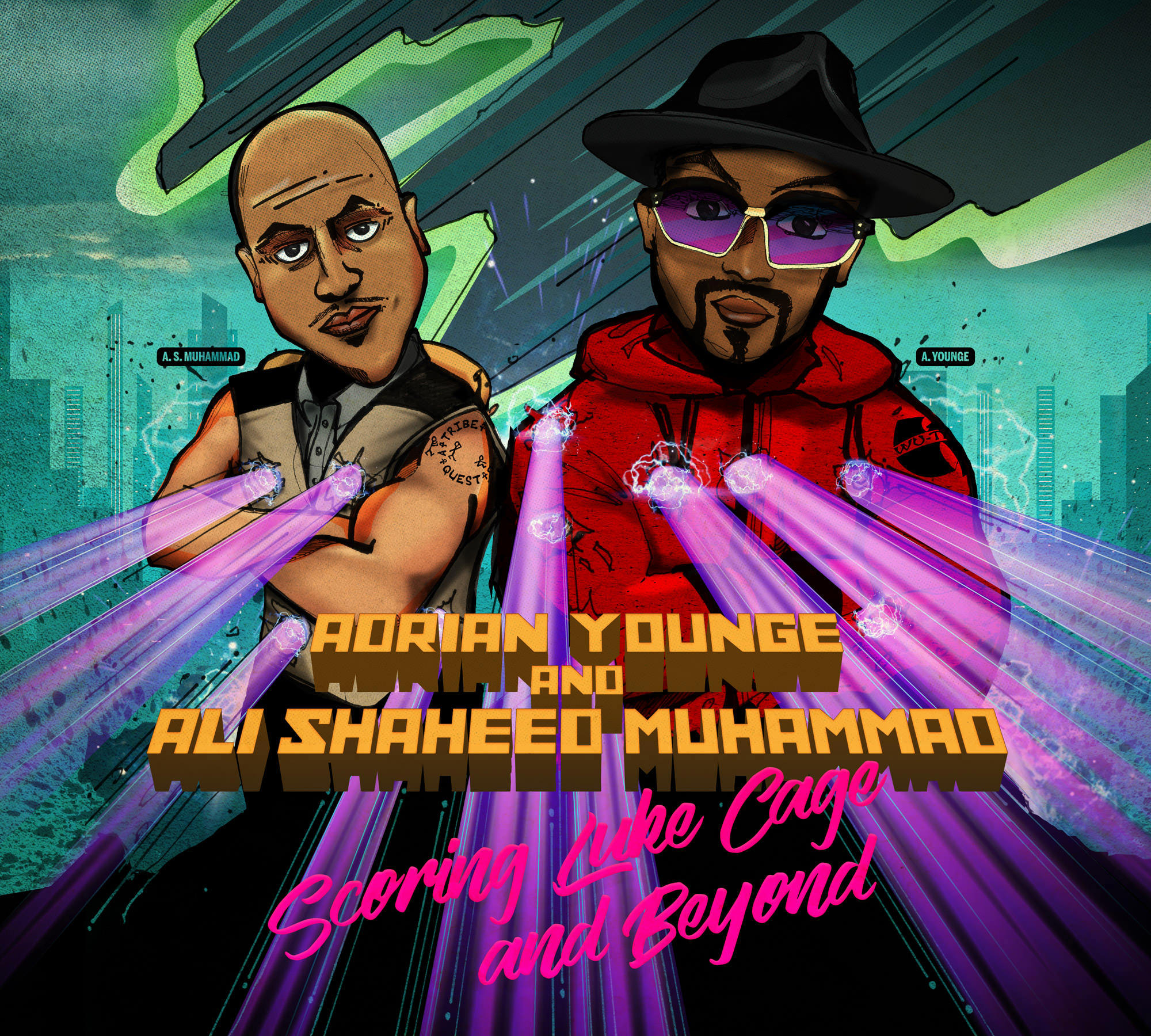Reverend Horton Heat has been pushing the rockabilly envelope since 1985. Lead singer and guitarist Jim Heath is certainly the focal point, but his pal, Jimbo Wallace, has been slapping the upright bass alongside him for most of the ride. The album Whole New Life had just come out when I dropped in at Portland's Doug Fir Lounge to meet Jim before the (excellent) show to talk about almost 30 years of making records.
With Reverend Horton Heat, you're not trying to totally imitate the past with your recordings, but you're trying to maintain the energy of that kind of era. How do you see it?
Right. Well, you know, this is kind of a funny thing. When I was younger, everybody in Texas wanted to be Jimmie Vaughan, but a lot of us were slicking our hair back and playing that old '50s style; trying to cop some of that instead. Stevie Ray Vaughan, his brother, kind of flipped it. He took the blues and made it more aggressive and turned up. That was kind of my thing about rockabilly. Let's use it as a platform.
Your first record was done live to 2-track after previously tracking it multitrack in the studio?
Well, the thing is the liner notes on that album were actually done before they figured all of that out. A couple of songs that weren't recorded straight to 2-track got on the album. We had done most of the songs so many times that finally we just went straight to DAT. But it was a really good studio called Crystal Clear Sound in Dallas. They're kind of an unsung studio, but man, for some reason that studio always got the best sounds. It was crystal clear, just like the name! We worked a lot with Ed Stasium [Tape Op #98]. I learned a lot about recording from him. He's very helpful.
What kinds of things did he bring to the table that you learned from?
One of his tricks is that he listens very close to the toms and the snare drum tuning before every song. I'd never seen anybody do it. He'd tune the toms and the drums to the pitch of the song. If you're paying that much attention to all of the things, it adds up to being something really great. We did one session with him in three takes. It was 24-track 2-inch tape. It was one of those drum things. Scott [Churilla (drums)] and him got together – they wanted the drums to be perfect. Ed's splicing the tape, and he has the studio engineer running 50 yards down the hall with this tape. Ed's slicing it, and then he's putting it in. The next thing you know, 15 minutes later the first part of the third take is the first part of the song. The middle part of the song is the second take middle, and the last part is the first. It took him 15 minutes. Quicker than you can do it on Pro Tools.
And examining all the options.
Yeah, that's right. That's probably one of the big problems with Pro Tools; you've got too many options. The way I approach my Pro Tools is that I only have so many options. I leave in guitar flubs. Some of them I'm getting good at fixing, but I do it more like the old-style tape splice thing. Sometimes I'll do the take of the whole band, and I'll do a "tape" splice. I'm actually starting to like that sound.
You can hear something change? Ambient cymbals cut off?
Yeah. That's kind of one thing about the '50s – they did a lot. People have this misconception about the '50s, like, "Oh, they just went in and did one take all together in the room." Well, kind of; but they would bounce and redo the vocals to make sure the vocal was good. I love my Pro Tools rig, and what I really love is my Universal Audio interfaces. I hate to sell you something here, but the plug-ins are great. They're getting better and better. The thing the average public doesn't realize is that when you talk about tape versus digital, tape is a million different things. Those Studer decks sound so good! My thing for going for tape is that I have Pro Tools. I don't need a Studer tape deck. What I need is an old Ampex. So I have two...
